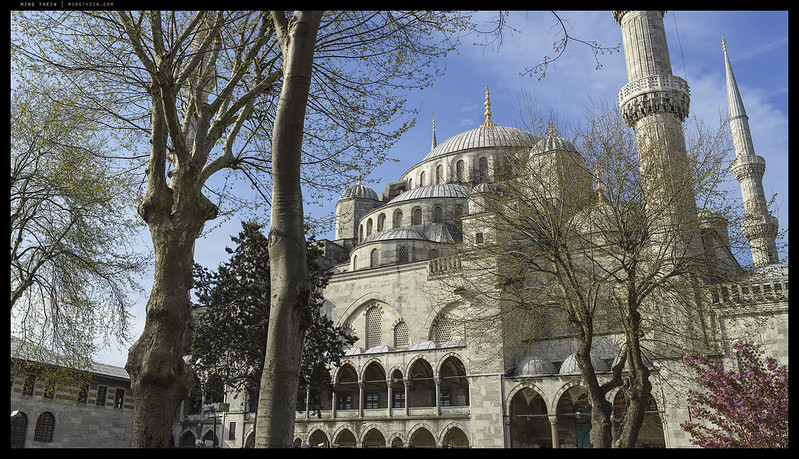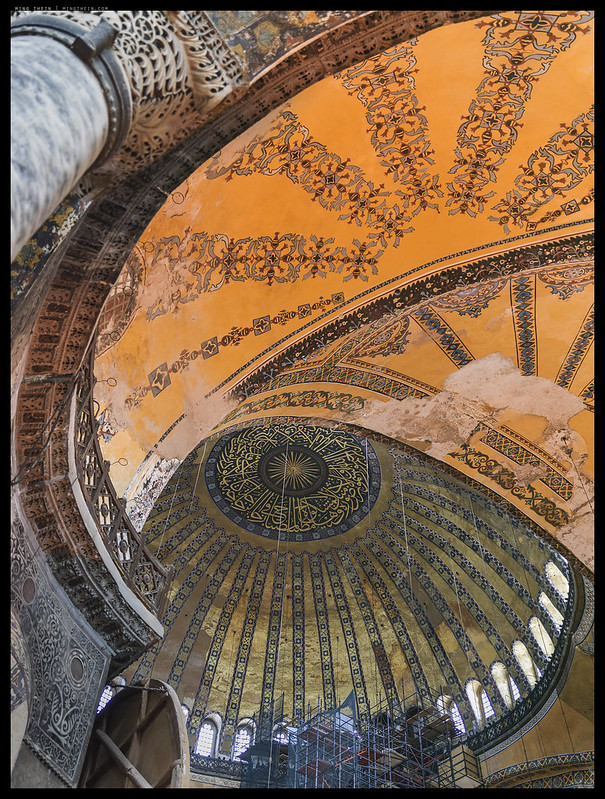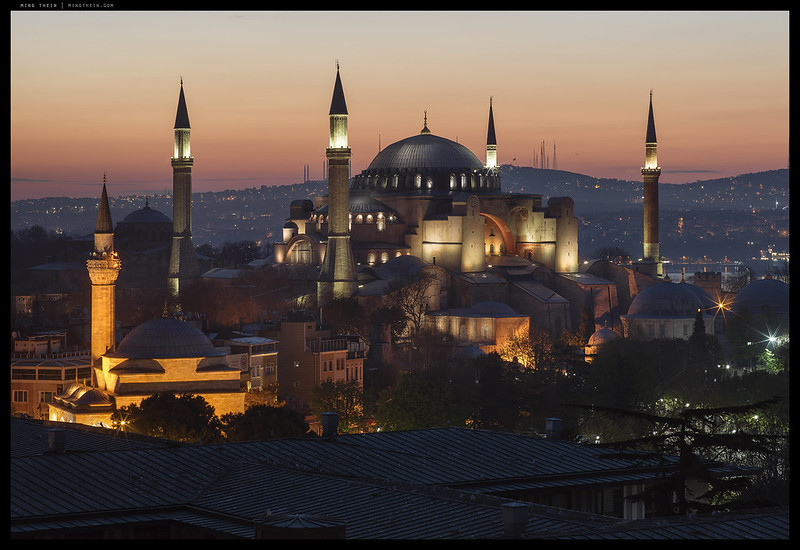This set is a delayed curation that I wasn’t aware existed: a year had to pass and the other curations removed for it to reveal itself. As usual, there are elements and geometries we see subconsciously that do not always make themselves known until you look; yet we find ourselves executing somewhat on autopilot and our unconscious minds extracting repeating patterns. Perhaps it was the light, perhaps it was the urban wimmelbild elements, or perhaps the combined tension created by the presence of both – very hard shadows defining solid zones within the image, offset by colourful messes outside. One parting thought: how much of a final curation is the result of the initial (and probably most strongly felt) one – plus a desire not to repeat the use of images? Food for thought…MT
This series was shot in Istanbul with a Hasselblad H6D-100c, 50, 100 and 150mm lenses, and post processed with Photoshop and LR Workflow III. Get more out of your voyages with T1: Travel Photography.











